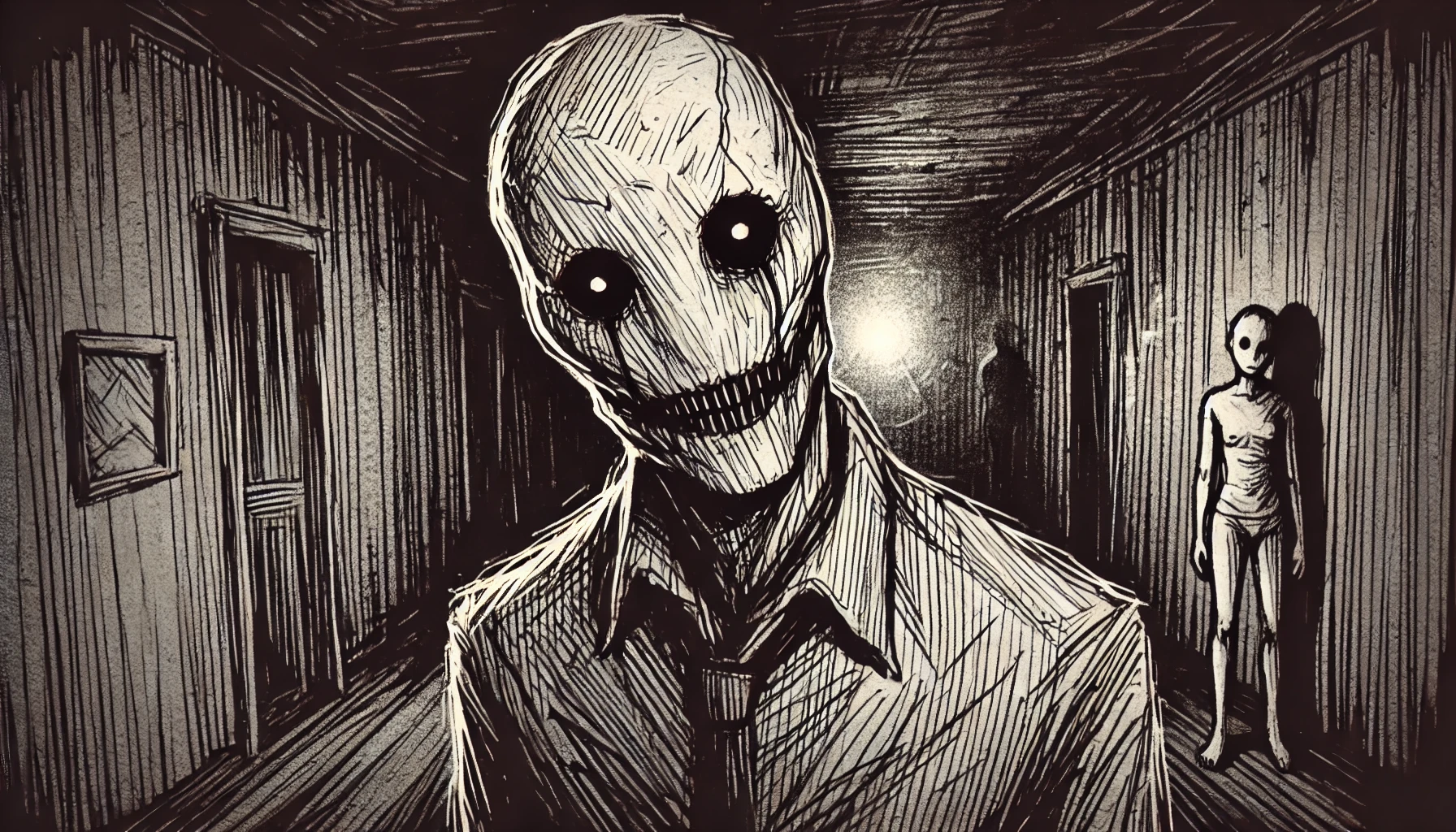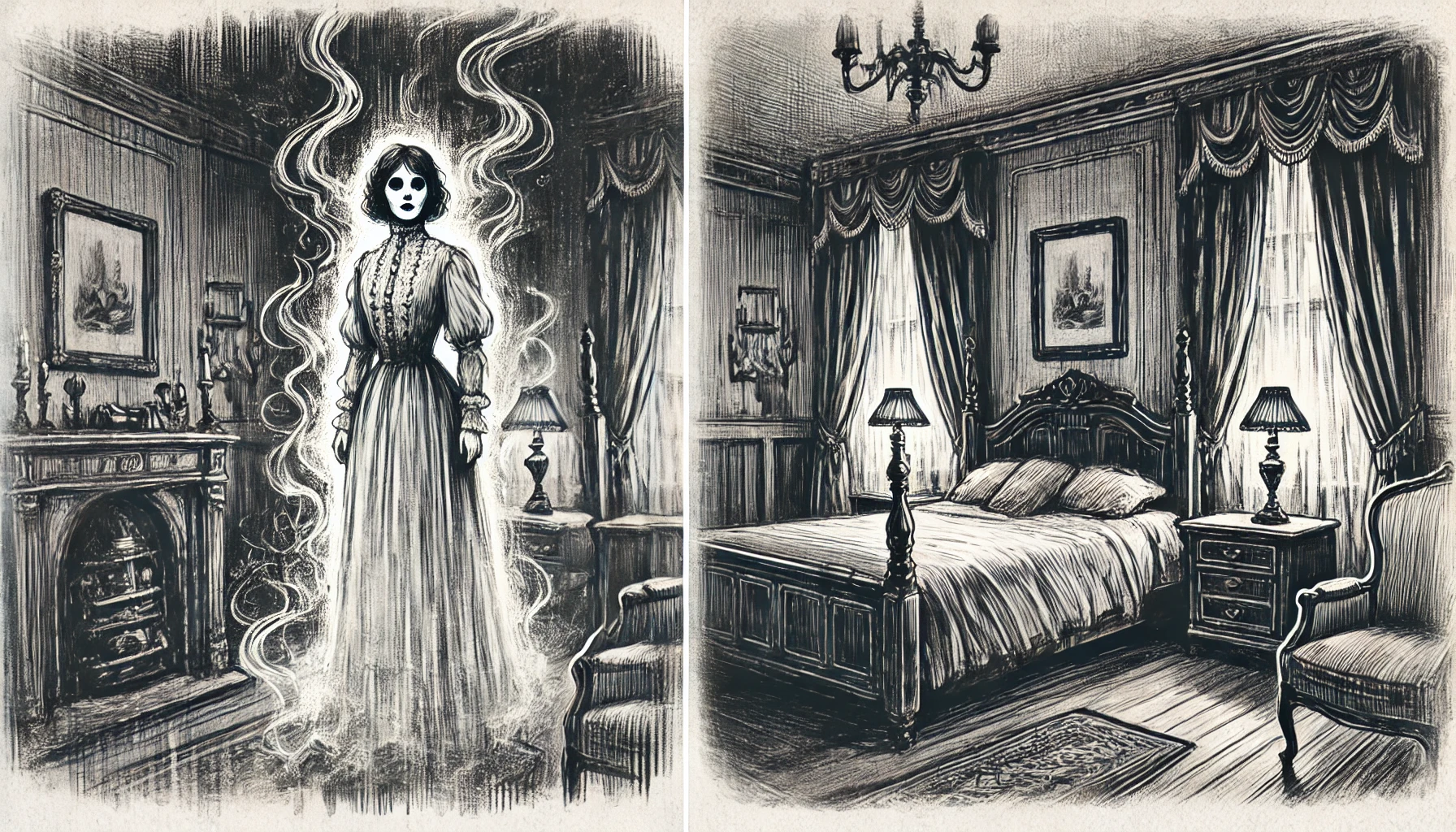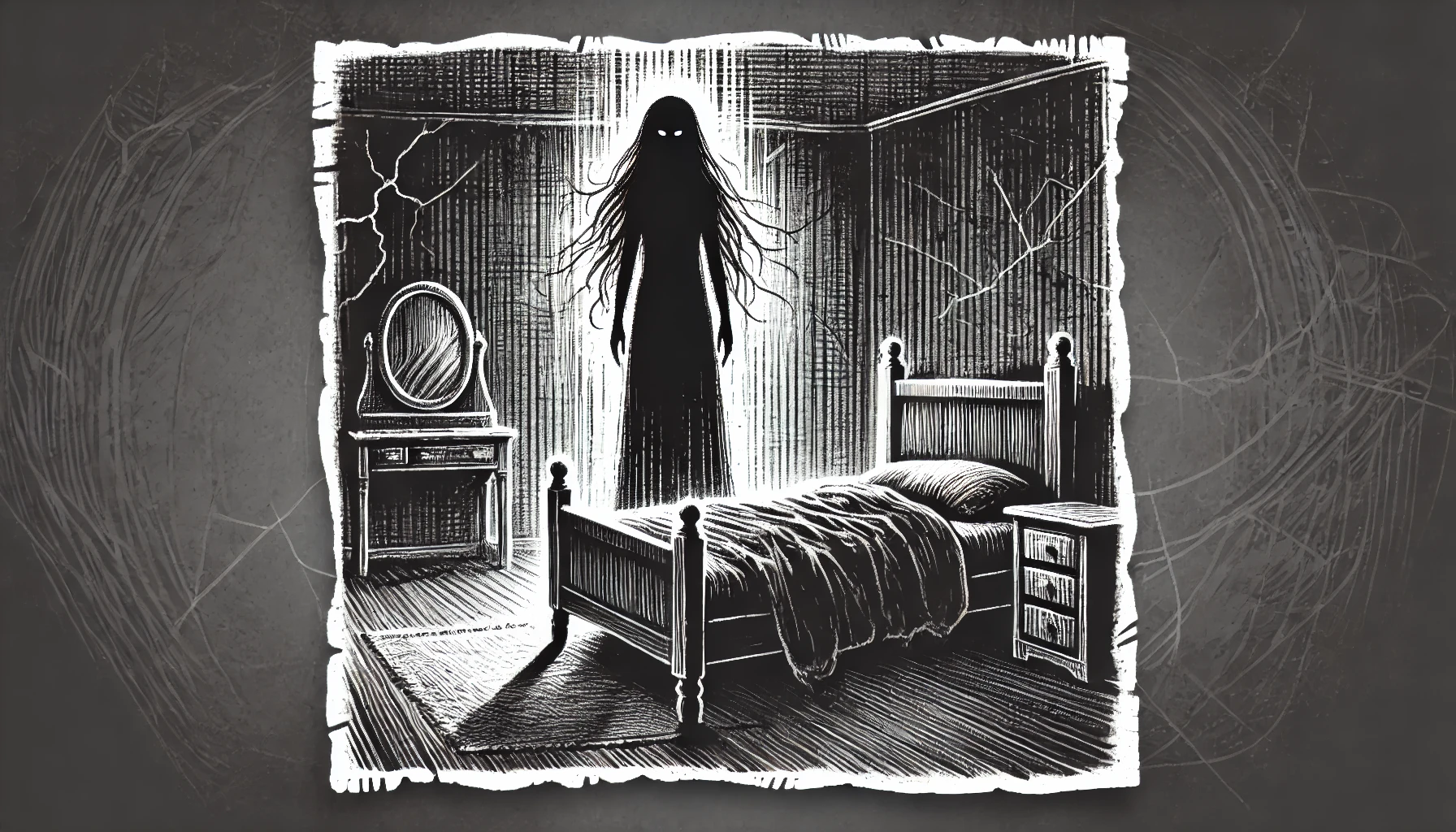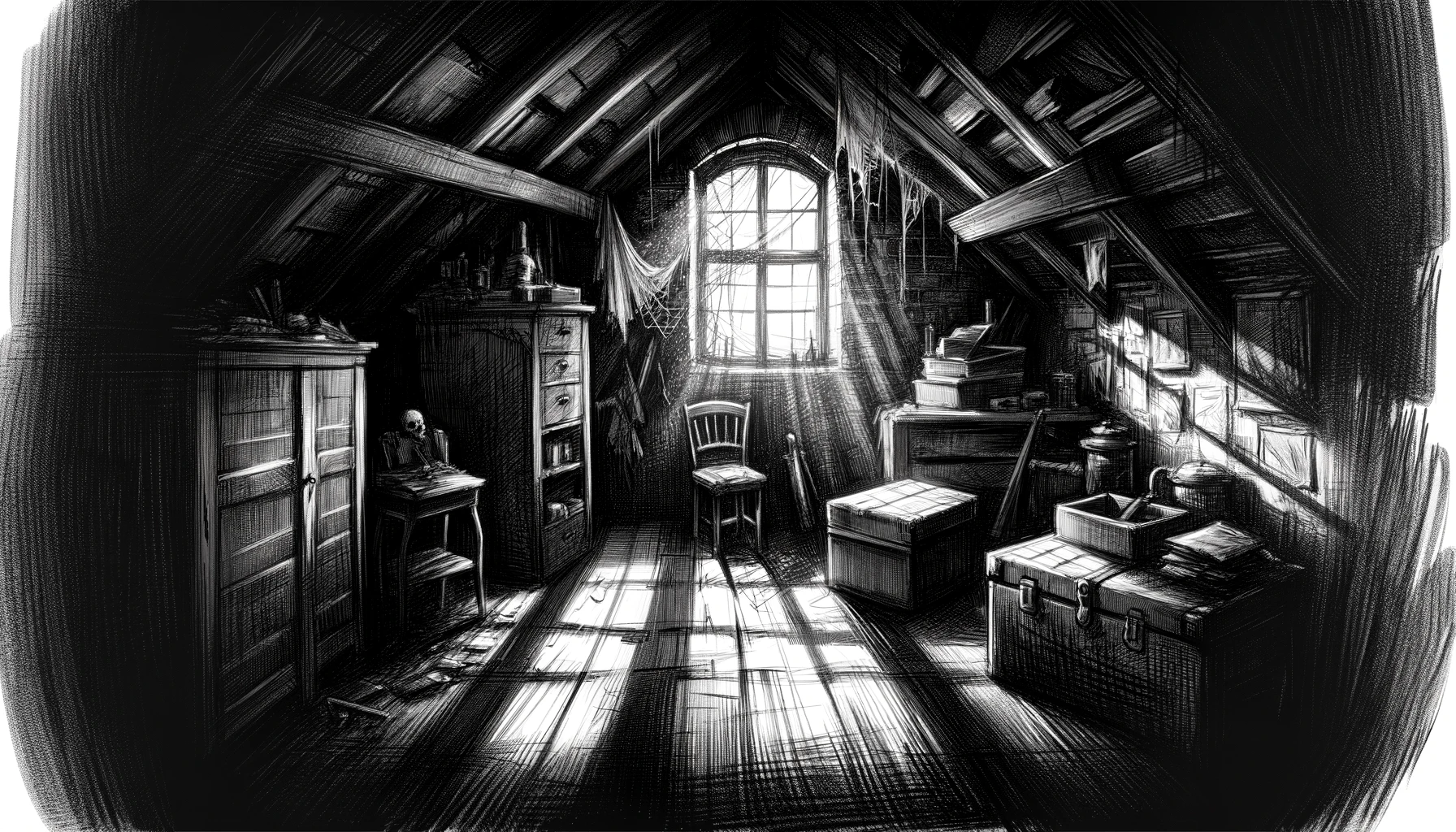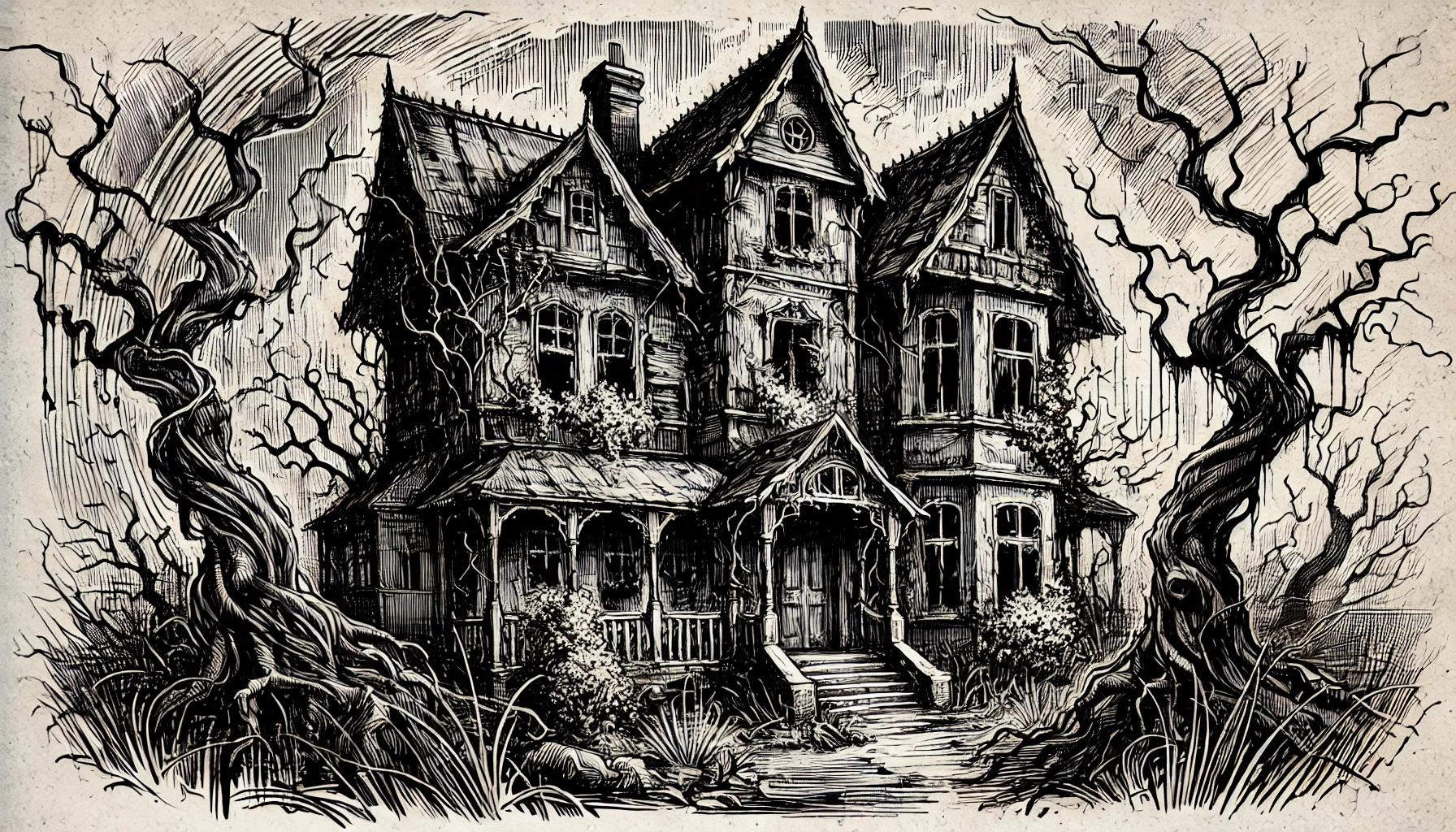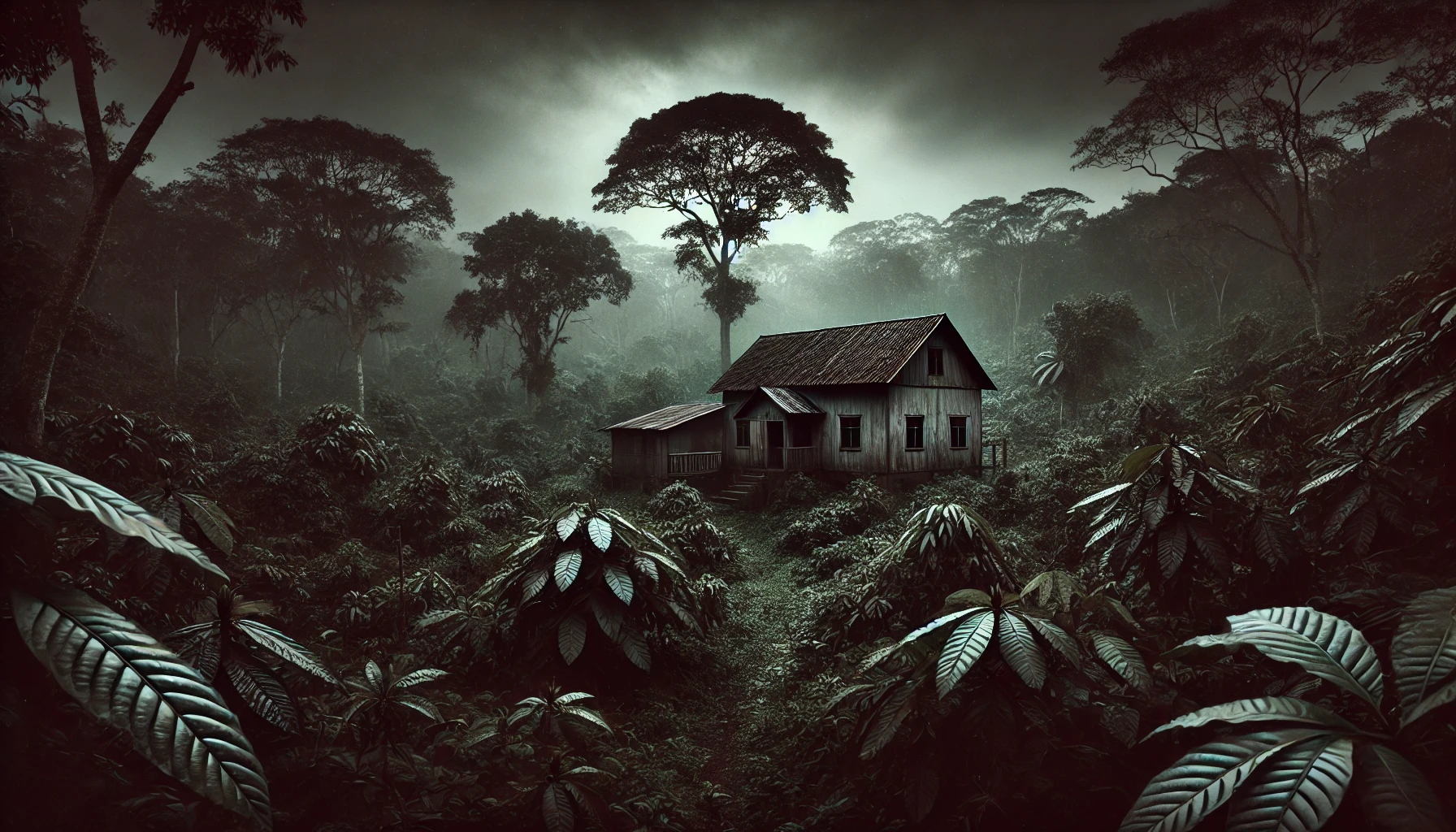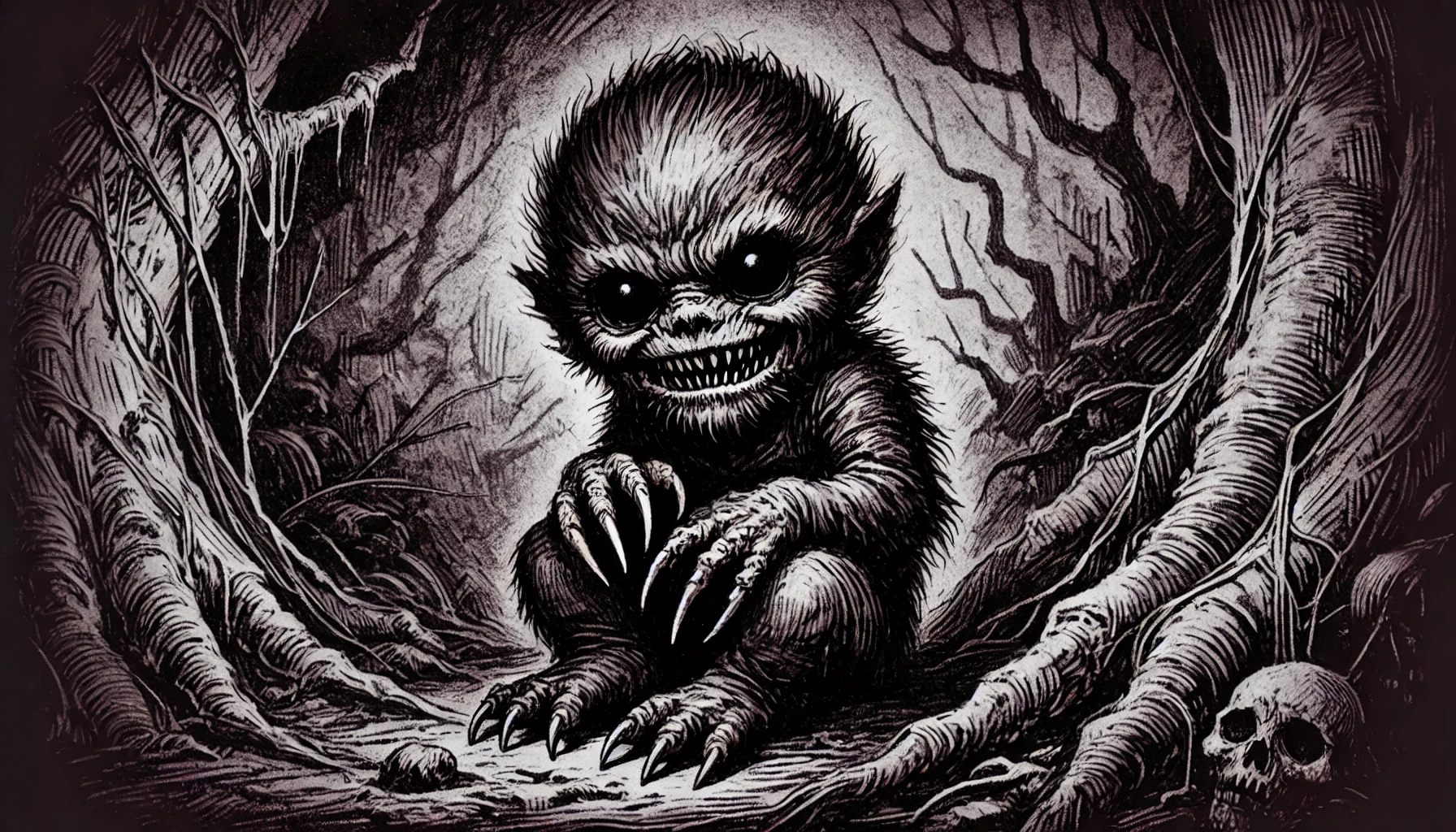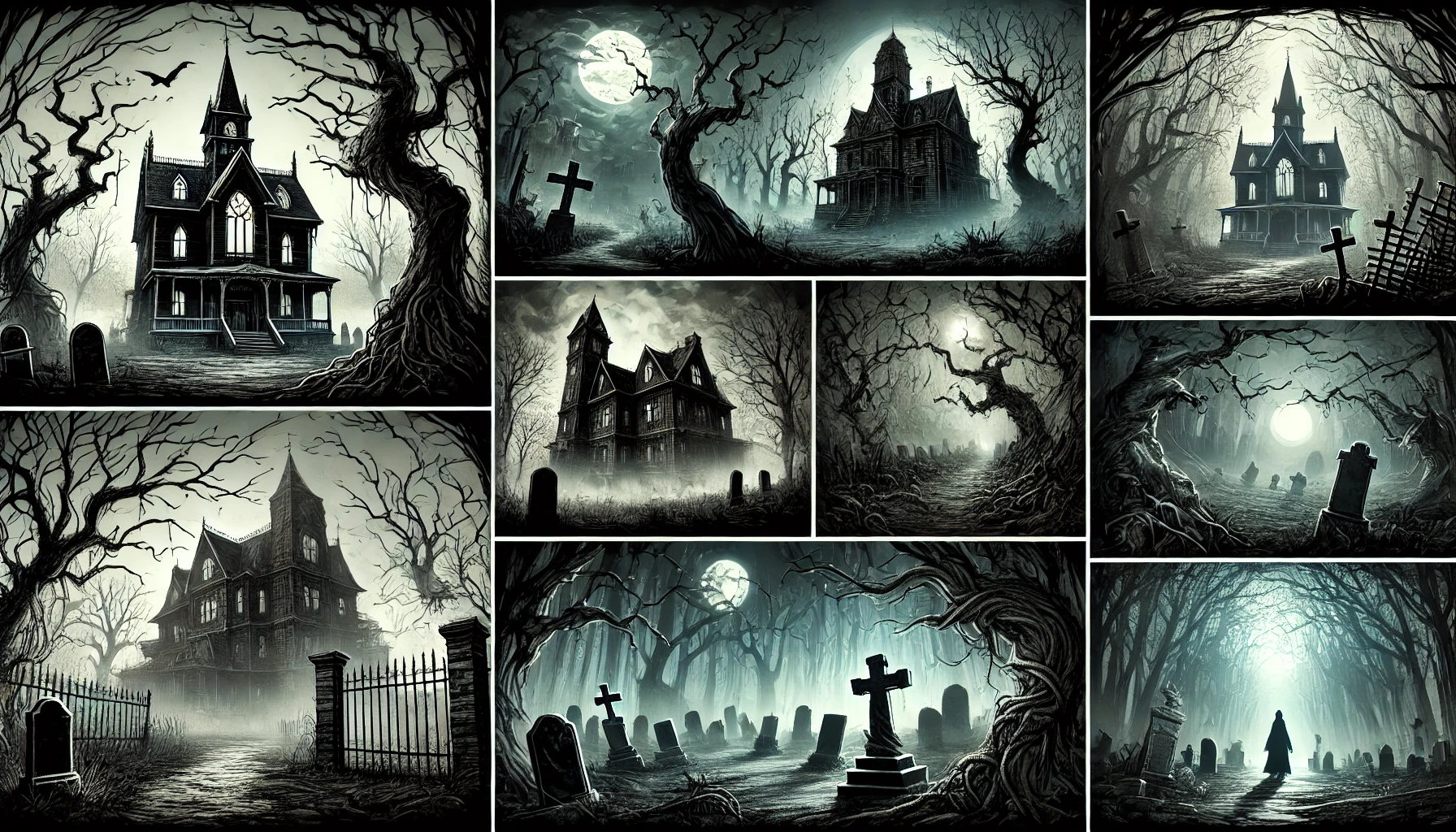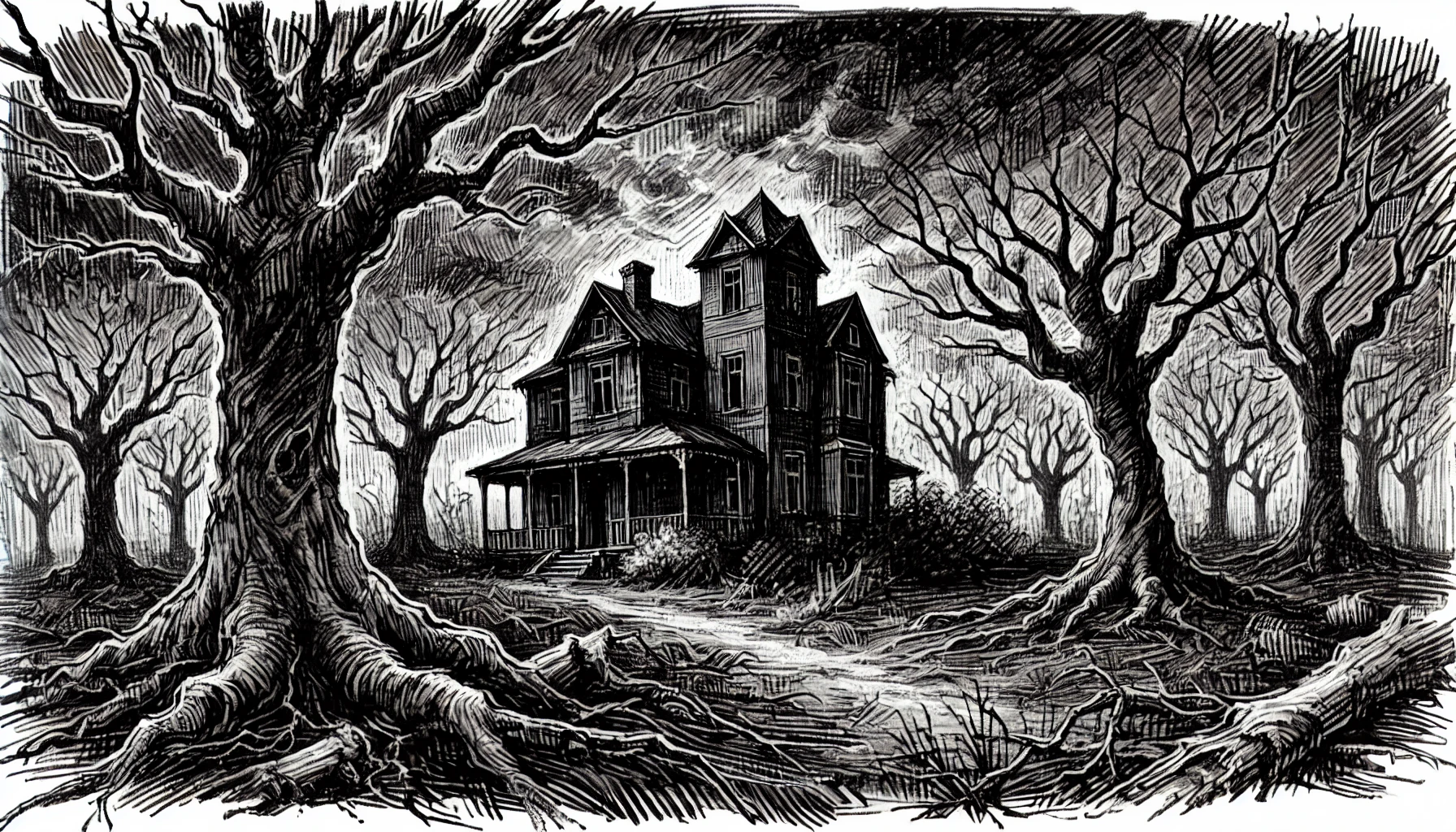Exploring Philippine Mythology: Unveiling the Mysteries of Aswang and Other Mythological Creatures
What is the Origin of the Aswang in Philippine Folklore?
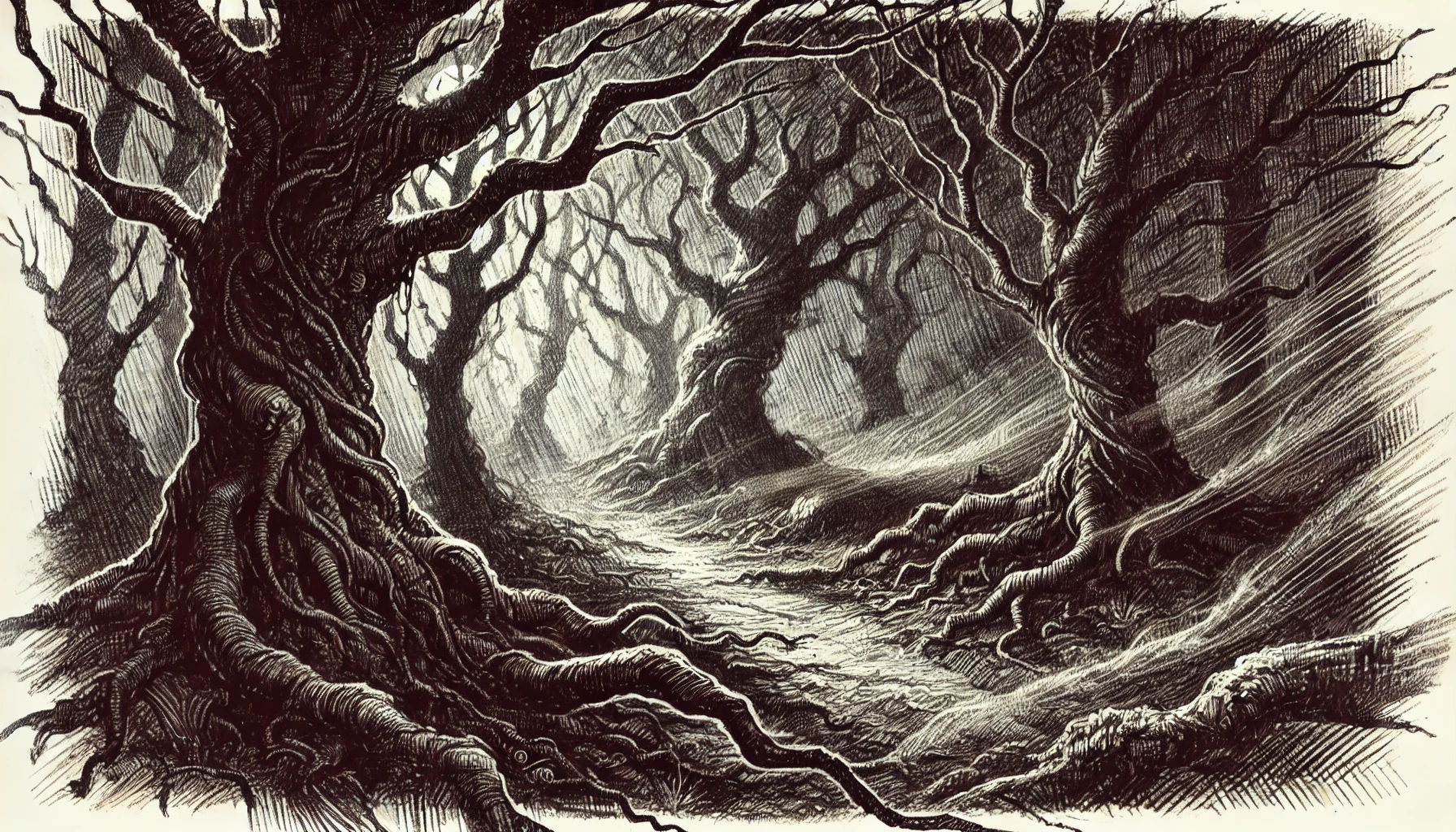 The Aswang is one of the most feared creatures in Philippine folklore, deeply rooted in Philippine myth and Filipino mythology. It is a malevolent humanoid often depicted as a shape-shifting ghoul that preys on humans. The origins of the Aswang can be traced back to the 16th century, during the era of Spanish colonization, which played a significant role in the spread and evolution of such superstition. The tales of these creatures of Philippine folklore were passed down by the indigenous people through Philippine folk literature and have since been documented in various Philippine magazine articles.
The Aswang is one of the most feared creatures in Philippine folklore, deeply rooted in Philippine myth and Filipino mythology. It is a malevolent humanoid often depicted as a shape-shifting ghoul that preys on humans. The origins of the Aswang can be traced back to the 16th century, during the era of Spanish colonization, which played a significant role in the spread and evolution of such superstition. The tales of these creatures of Philippine folklore were passed down by the indigenous people through Philippine folk literature and have since been documented in various Philippine magazine articles.
Stories of the Aswang are prevalent in regions like Negros and among the Manobo and Mandaya tribes. The Kapampangan mythology and Tagalog myths often include this creature as a symbol of mischievous and dark forces. In some narratives, the Aswang is believed to have originated from primordial beings of Philippine islands who were punished by a supreme deity or supreme god. The sirena and other creatures in Filipino lore exist alongside it, contributing to a rich tapestry of Philippine literature.
These myths and legends, archived from the original oral traditions, illustrate how the Aswang embodies the fears and mysteries of the unknown, much like the earthquake that shakes the land or the termite that stealthily devours wood. Influences from Hindu beliefs and other folk religions may have intertwined, shaping the perception of these creatures as warnings or harbingers of events, straddling the line between good fortune and doom, much like the story of man and woman in creation myths.
The Evolution of the Aswang Myth Over Time
The Aswang myth, a staple of Philippines mythology, has evolved significantly over time, incorporating various mythological creatures such as merfolk and small creatures. Originally, these stories were a blend of folklore and religious beliefs held by the Tagalog people and other communities. The Aswang were often depicted as shape-shifters that could transform into a handsome individual or detach their torso from her lower half, sliding their tongue through the roof to feed on unsuspecting victims. Over time, these stories were enriched by local stories from different parts of the Philippines, such as Lanao and regions with rice terraces.
Stories revolving around the Aswang often involve people getting lost in the woods or encountering gods and goddesses, such as Bakunawa and the Seven Moons or La Sambad and Bulon La. Folk stories tell of the first man and woman and how they interacted with these creatures. The tales, especially those told around July 10, have become a tapestry of stories and traditions, where stories vary from one region to another. They continue to be a vibrant part of the Philippines’ rich cultural heritage.
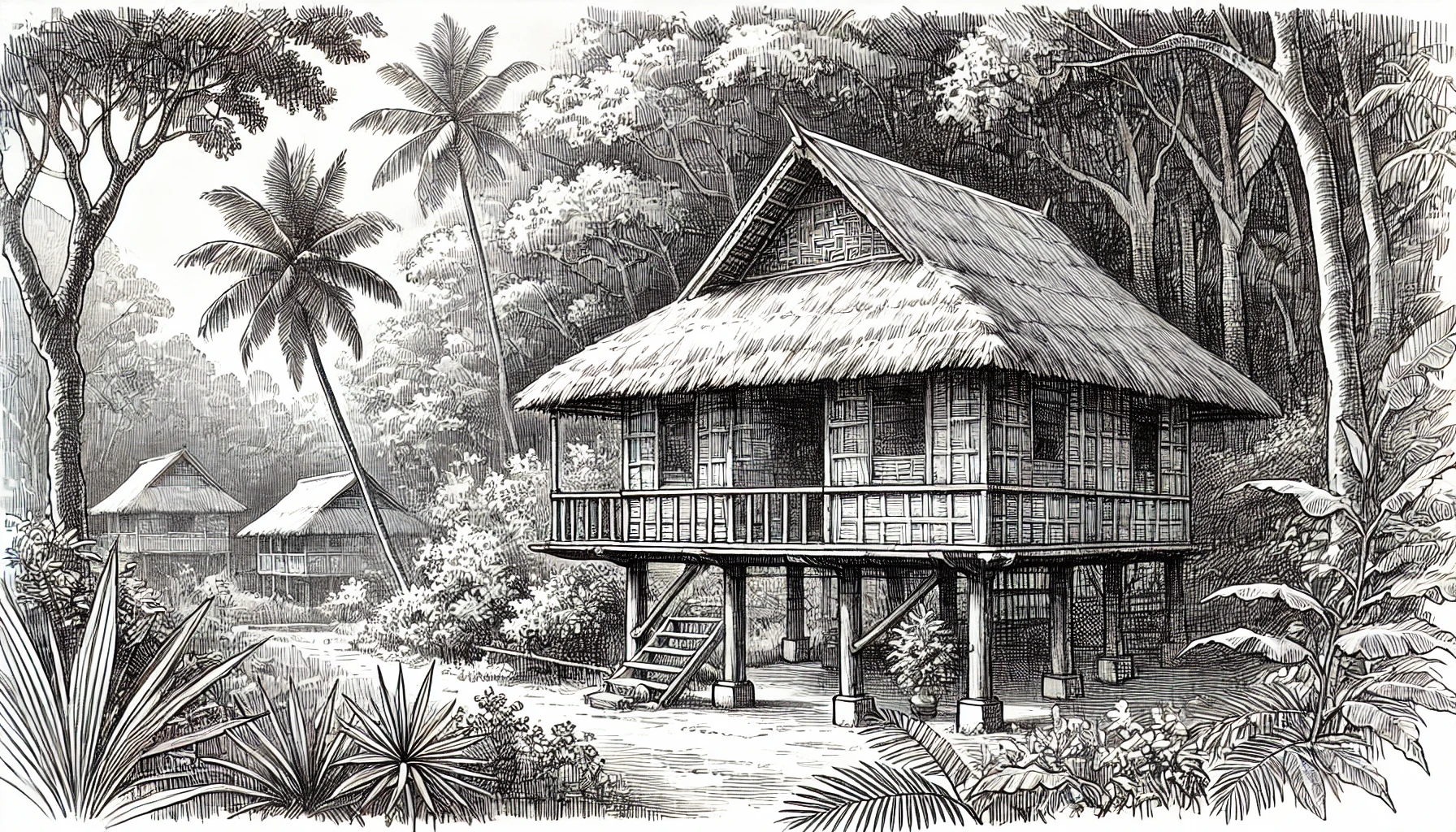
Influence of Filipino Belief Systems on the Aswang Mythology
The rich tapestry of Filipino belief systems has profoundly shaped the mythology surrounding the Aswang, a mythical creature in Philippine folklore. Deeply rooted in the animistic traditions of pre-colonial Philippines, the belief in Aswang intertwines with indigenous spiritual practices. These practices emphasize the presence of spirits and supernatural entities in everyday life, creating an environment where such myths can thrive. The influence of anito worship, which involves reverence for ancestral spirits, plays a significant role in how the Aswang is perceived, often considered a malevolent spirit or an evil ancestor.
With the arrival of Spanish colonizers, Catholicism introduced new layers to the mythology, blending with indigenous beliefs to form a hybrid narrative. The Aswang became not only a creature of fear but also a moral symbol, representing the dichotomy between good and evil. This integration of varied belief systems makes the Aswang a compelling symbol of cultural synthesis and resistance in Filipino folklore.
Regional Variations of the Aswang Across the Philippine Archipelago
The Aswang is a mythical creature deeply ingrained in Filipino folklore, known for its shape-shifting abilities and sinister reputation. Across the Philippine archipelago, the depiction and characteristics of the Aswang vary significantly from region to region. In the western Visayas, particularly in Capiz, the Aswang is often portrayed as a ghastly, winged, female creature that preys on pregnant women. This version is known for its ability to separate its upper body and fly into the night to hunt for its victims.
Meanwhile, in the Bicol region, the Aswang takes on a more monstrous form, often resembling a werewolf or a vampire. Here, it is believed to be a nocturnal creature that terrorizes rural communities, feeding on livestock and unsuspecting humans. In contrast, the Manananggal of the Tagalog regions, particularly in Quezon, is known for its terrifying ability to detach its upper torso to hunt, leaving its legs behind.
In Mindanao, the Aswang is often associated with witchcraft and sorcery, with various tribes attributing supernatural abilities to local shamans who are believed to transform into these fearsome entities. The diversity in the portrayal of the Aswang across the archipelago reflects the rich tapestry of Filipino culture and the way local traditions and beliefs shape the folklore of each region.
Who are the Other Mythical Creatures in Philippine Mythology?
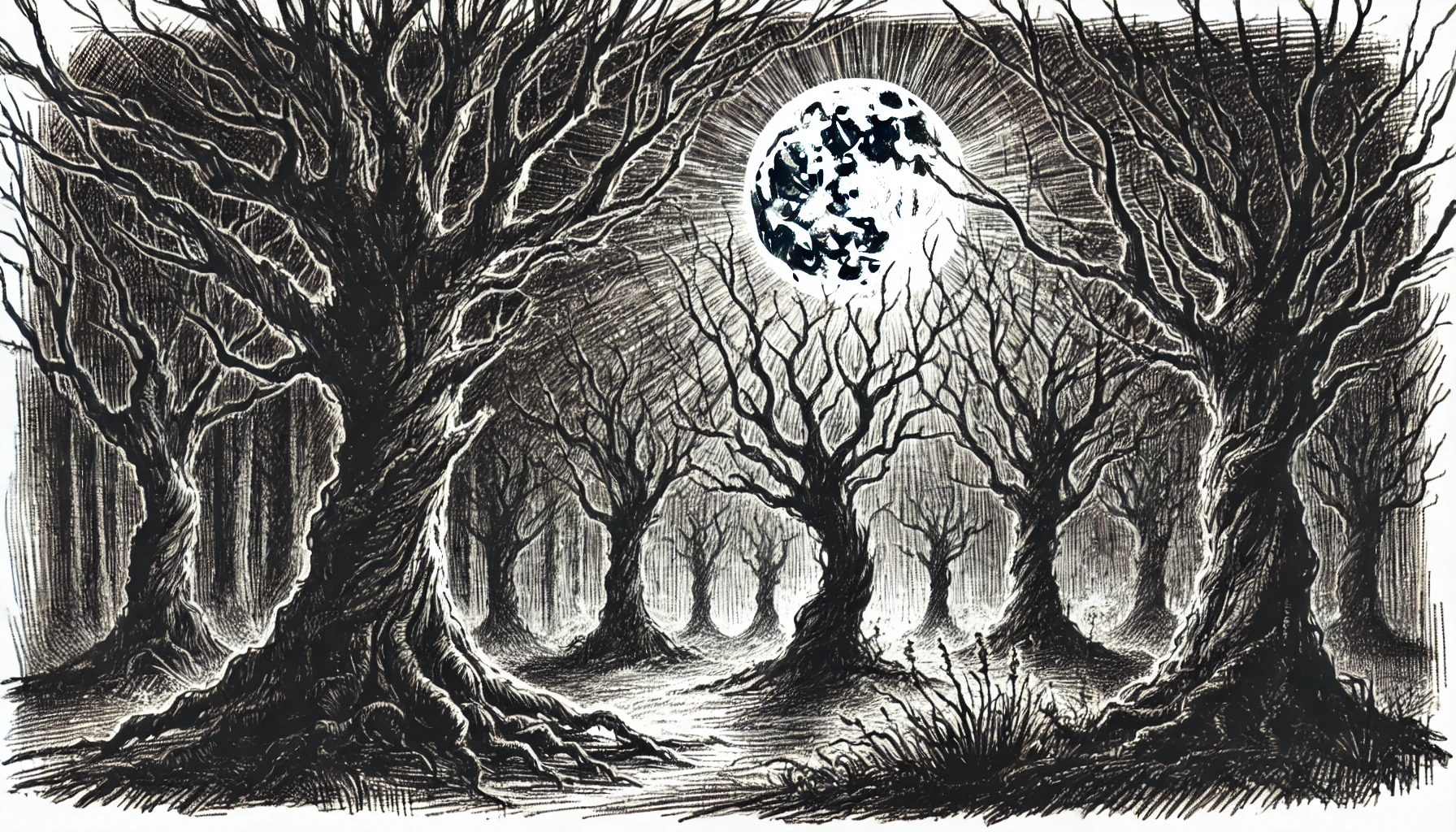
Philippine mythology is rich with a diverse array of mythical creatures, each with unique characteristics and stories. Beyond the well-known Aswang and Kapre, the Tikbalang stands out as a horse-headed creature with a human body, often said to lurk in forested areas. It’s known for leading travelers astray. Another fascinating creature is the Duwende, or dwarf, which is believed to inhabit mounds or anthills and can bring good or bad luck depending on how they are treated by humans.
The Manananggal, a vampire-like entity, is particularly feared for its ability to sever its upper body and fly at night searching for pregnant women to prey upon. The Tiyanak, a creature that transforms into a crying baby to lure unsuspecting victims, is also a staple in Filipino folklore.
These mythical beings reflect the Philippines’ rich cultural tapestry, representing a blend of indigenous beliefs and influences, and continue to captivate the imagination of many to this day.
The Enigmatic Tikbalang and Its Significance
The Tikbalang is a fascinating creature in Philippine folklore, often depicted as a tall, bony humanoid with the head and hooves of a horse. Its enigmatic nature has intrigued many, symbolizing the mysterious and uncharted aspects of the natural world. Legends suggest that the Tikbalang resides in forests and mountains, guarding these sacred spaces against human intrusion. Some stories portray it as a trickster that enjoys leading travelers astray, while others describe it as a guardian of the environment, reminding people to respect nature’s boundaries.
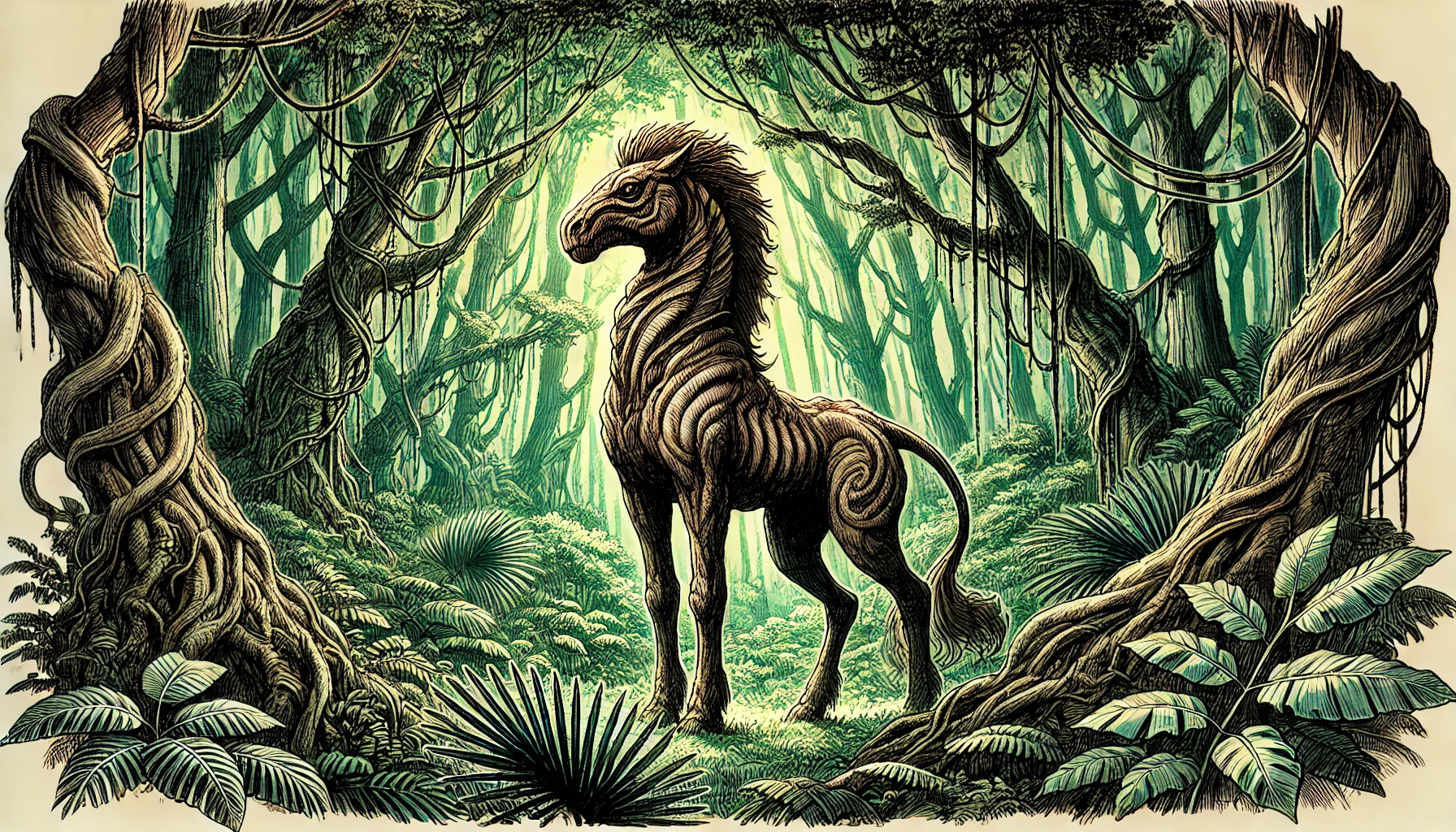
The significance of the Tikbalang extends beyond its mythical characteristics; it serves as a cultural icon that embodies the Filipino people’s deep connection to their natural surroundings. This folklore creature represents the importance of understanding and coexisting with the environment, emphasizing the need for balance and respect. Moreover, the tales of the Tikbalang have been passed down through generations, preserving an essential part of Philippine cultural heritage and providing a sense of identity and continuity in an ever-changing world.
Understanding the Role of the Diwata in Filipino Culture

In Filipino culture, the term Diwata refers to a class of goddesses or spirits that are integral to the folklore and spiritual life of the Philippines. These beings are akin to fairies or nymphs in Western mythology and are often associated with nature, particularly forests, mountains, and bodies of water. The Diwata are believed to be guardians of the natural world, and they play a crucial role in maintaining ecological balance.
Historically, the Diwata were venerated by indigenous communities through rituals and offerings, reflecting the deep connection between Filipinos and their environment. This reverence underscores a cultural emphasis on respect and harmony with nature, which is a recurring theme in various Filipino myths and legends.
The presence of the Diwata in Filipino culture also highlights the syncretic nature of the country’s spiritual beliefs, where pre-colonial animistic practices coexist with introduced religions like Christianity. Through stories and art, the Diwata continue to inspire and influence contemporary Filipino identity, serving as a bridge between the past and the present.
The Mysterious Nuno sa Punso: Protector or Trickster?
The enigmatic figure of the Nuno sa Punso occupies a significant place in Filipino folklore, often depicted as a small, elderly creature dwelling in anthills or mounds. Many regard the Nuno as a protector, a guardian of nature, who ensures the safety and balance of the natural world. Local tales recount how the Nuno watches over its domain, rewarding those who show respect to its home with good fortune and protection from harm.
However, the Nuno sa Punso is equally known for its trickster side, capable of unleashing mischief or misfortune on those who dare to disturb its abode. Various stories tell of individuals who, after disrespecting a mound, experience mysterious ailments or inexplicable bad luck. This duality makes the Nuno a complex figure, embodying the delicate balance between respect and recklessness.
Whether viewed as a benevolent guardian or a mischievous trickster, the Nuno sa Punso serves as a reminder to respect the unseen forces of nature. Its legend continues to intrigue and inspire, stirring curiosity and caution in equal measure.
How Have Mythological Creatures Influenced Philippine Culture and Lifestyle?
Mythological creatures have deeply influenced Philippine culture and lifestyle, serving as a rich tapestry of folklore that shapes daily life and traditional practices. The tales of creatures like the Aswang, a shapeshifting monster, and the Kapre, a giant tree-dwelling spirit, are integral to Filipino storytelling, passed down through generations. These stories often serve as cautionary tales to instill moral values or explain natural phenomena, thereby guiding behavior and social norms.
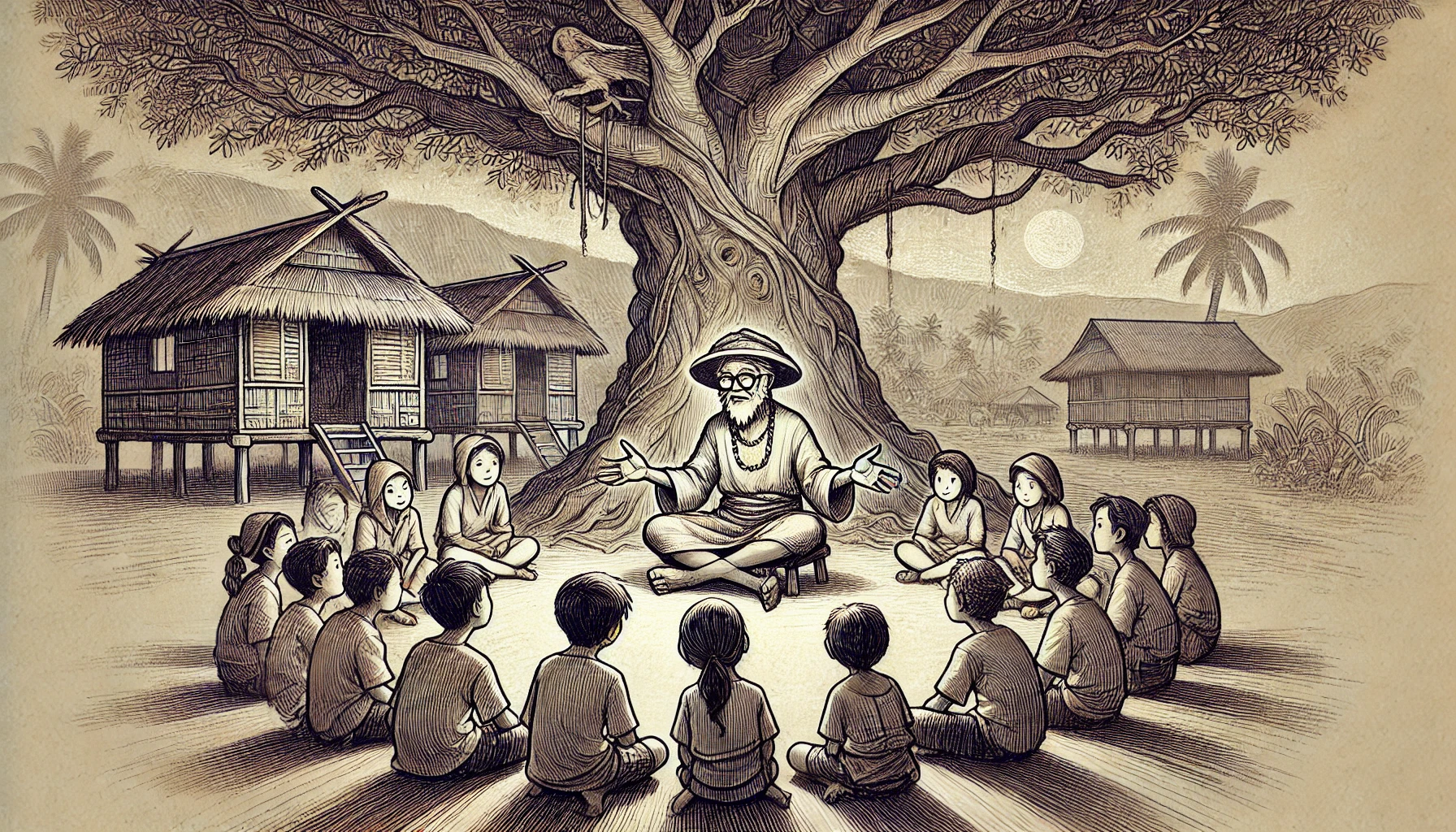
Furthermore, mythological beings such as the Diwata, akin to fairies or nymphs, have contributed to the reverence for nature, influencing how communities interact with their environment. This reverence is evident in cultural practices, such as offering rituals during harvests and festivals, which honor these mystical entities. The belief in such creatures also fosters a sense of community and shared identity, as these narratives are collectively celebrated in events and gatherings.
In modern times, mythological creatures continue to inspire Filipino art, literature, and media, bridging the past with contemporary expressions. Their presence in popular culture, from films to books, reflects their enduring impact on the national psyche, keeping these ancient tales alive in the hearts and minds of the people.
The Impact of Myth on Filipino Art and Literature
The influence of myth on Filipino art and literature is profound and enduring, serving as a vital thread that weaves through the nation’s cultural tapestry. In literature, Filipino writers often draw upon indigenous mythological themes and characters to explore contemporary issues, creating a bridge between the past and present. For instance, the stories of Bathala, the supreme god, and other deities from the Tagalog pantheon, frequently appear in poems and short stories, symbolizing the struggle between good and evil or the interplay between humanity and nature.
In visual arts, traditional motifs inspired by myth are manifested in various forms, from intricate carvings to vibrant paintings. Artists like Carlos “Botong” Francisco have celebrated these themes by incorporating elements of folklore into their works, thus preserving and revitalizing these cultural narratives.
Overall, myth continues to shape Filipino art and literature by providing a rich source of inspiration and a means of expressing collective identity and values.
Mythological Creatures as Symbols in Philippine Festivals
In the vibrant tapestry of Philippine festivals, mythological creatures serve as potent symbols, reflecting the rich cultural heritage and beliefs of the archipelago. These festivals often incorporate tales of legendary beings, such as the aswang, a shapeshifting creature, or the tikbalang, a half-horse, half-human entity, to embody the duality of fear and fascination deeply rooted in Filipino folklore.
During events like the Ati-Atihan Festival in Aklan, participants paint their faces and don elaborate costumes to honor the Ati people and their folklore, blending indigenous stories with religious themes. Similarly, the Sinulog Festival in Cebu features grand parades and dances celebrating the historical conversion of the locals to Christianity, often incorporating symbolic representations of mythical creatures to signify the triumph over pre-colonial beliefs.
These festivals are not only a celebration of the past but also a way to preserve the cultural identity, passing down stories of mythological creatures to future generations, ensuring their place in the continuum of Philippine history.
Folklore’s Role in Shaping the Philippines Identity
Folklore plays a significant role in shaping the Philippines identity, weaving together the diverse cultural threads that form the nation’s rich tapestry. As an archipelago with over 7,000 islands, the Philippines boasts a myriad of ethnic groups, each with its own unique traditions, legends, and myths. These stories impart moral lessons, cultural norms, and historical narratives that are passed down through generations, helping to preserve and celebrate the country’s cultural heritage.
Through tales of mythical creatures like the aswang and the kapre, as well as stories of heroic figures such as Lapu-Lapu, folklore reflects the values and beliefs of the Filipino people. This rich oral tradition fosters a sense of community and continuity, connecting present generations with their ancestors.
Furthermore, folklore serves as a tool for resistance and resilience, empowering communities to navigate and confront colonial influences while maintaining their distinct cultural identity. By embracing and celebrating these narratives, the Philippines continues to nurture a collective identity that is both diverse and unified.
What are the Belief Systems Surrounding Mythical Creatures in the Philippines?
The belief systems in the Philippine islands are richly woven with filipino mythology, depicting a tapestry of myths and legends that have been passed down through generations. The philippine archipelago is home to diverse indigenous people, such as the Tagalog, Mandaya, and Manobo, each contributing to the rich tapestry of filipino folklore. In philippine literature, philippine mythological creatures like the sirena, a mermaid-like figure, are common. These creatures often embody both benevolent and malevolent traits, reflecting the duality seen in folk religions and beliefs.
In philippine folk literature, the supreme deity or supreme god is often depicted in tales from regions like Negros and in Kapampangan mythology. These stories, sometimes influenced by Hindu elements, illustrate the primordial forces governing the world, such as the belief in a shaman or spiritual leader’s ability to mediate between humans and the divine. The philippine myth of the earthquake is often attributed to a giant, humanoid creature or a ghoul shaking the earth.
From the 16th century, when these tales were first archived from the original, to modern interpretations in philippine magazine publications, these superstitions continue to captivate the imagination of Filipinos. The interplay of man, woman, and nature is a recurring theme, with creatures of Philippine lore like the termite representing industriousness and resilience.
The Connection Between Shaman Practices and Mythology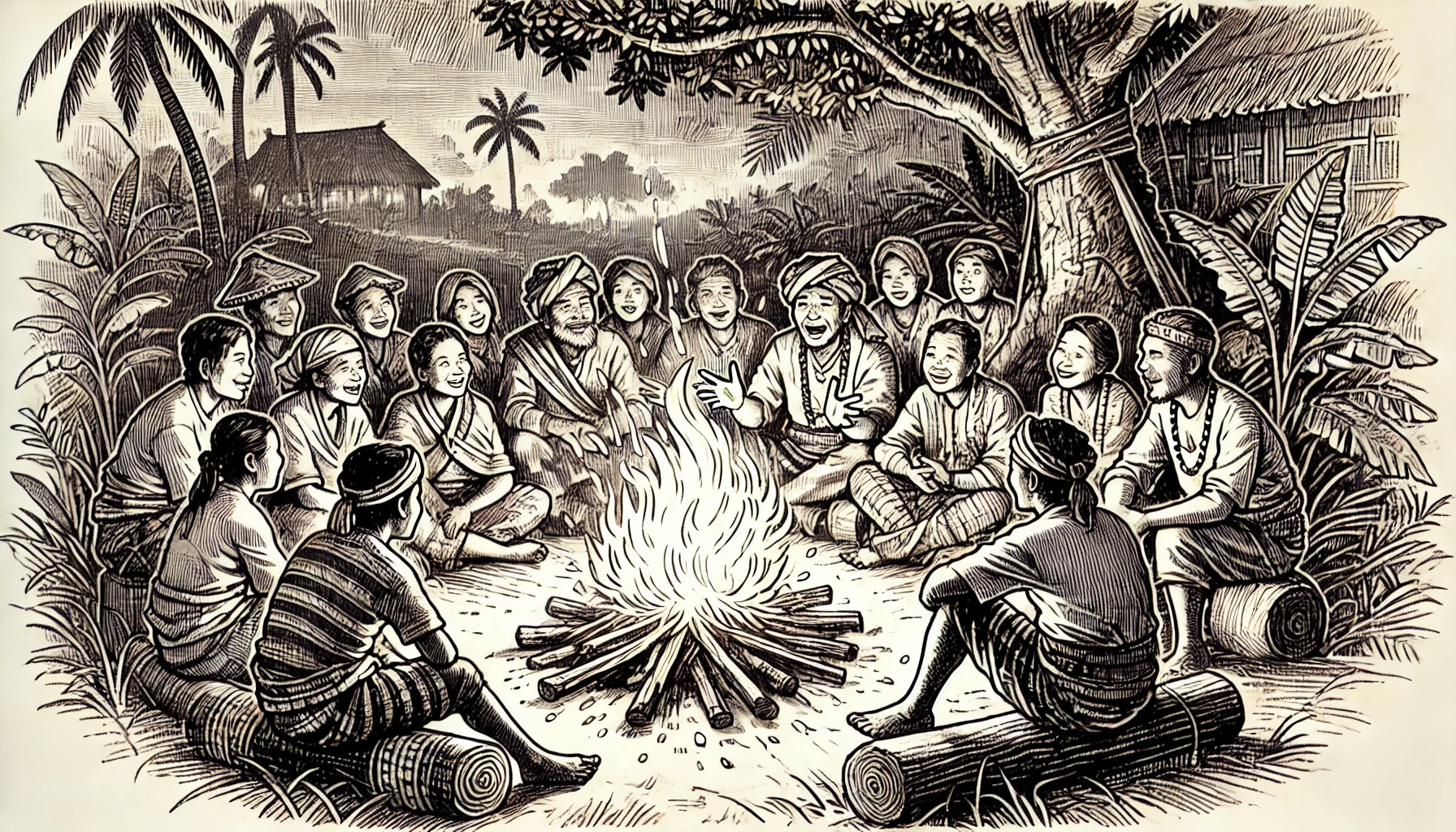
Shaman practices and mythology are deeply intertwined, with the latter often serving as a rich tapestry from which shamans draw their symbolism and rituals. In many indigenous cultures, mythological narratives provide a framework for understanding the world and the supernatural forces within it. Shamans, as spiritual intermediaries, often use these stories to guide their practices and connect with the spirit world. By invoking mythological figures and archetypes, shamans can navigate the complexities of human experience, offering healing and insight to their communities.
Furthermore, the rituals and ceremonies conducted by shamans frequently incorporate elements of mythology, such as chants, dances, and symbols, which are believed to hold powerful spiritual significance. These elements help to bridge the gap between the physical and spiritual realms, allowing shamans to channel energies that are thought to influence health, fortune, and well-being.
Thus, the connection between shaman practices and mythology is not merely symbolic, but also functional, serving as a means to access deeper levels of consciousness and understanding. Through this symbiotic relationship, shamans enrich their cultural traditions while providing valuable insights and support to their communities.
How Filipino Folklore Reflects Indigenous Beliefs
Filipino folklore is a vibrant tapestry that intricately weaves the indigenous beliefs of the archipelago’s diverse ethnic groups. At its core, it reflects a deep-seated reverence for nature, which is seen as animated by a myriad of spirits and deities. These beliefs are embodied in characters like the Diwata, benevolent spirits who dwell in trees and mountains, and the Aswang, malevolent creatures of the night. Such figures highlight the duality of good and evil forces in nature, underscoring the indigenous understanding of balance and harmony.
Moreover, stories often feature ancestral spirits and the Anito, guardians of natural resources and familial clans, underscoring the importance of kinship and community. Rituals, such as offering food to these spirits, reveal the indigenous practice of maintaining a symbiotic relationship with the unseen world. Through these narratives, Filipino folklore not only preserves ancient wisdom but also serves as a conduit for cultural identity and continuity.
Why is the Aswang Project Important in Preserving Philippine Folklore?
The Aswang Project plays a crucial role in preserving the rich tapestry of Philippine folklore, ensuring that traditional myths and legends continue to thrive in modern society. By documenting and sharing stories about the Aswang, a mythical creature often feared in Filipino culture, the project helps maintain cultural identity and heritage.
Through its platform, the Aswang Project not only archives these tales but also educates both locals and global audiences about the diverse and vibrant folklore of the Philippines. It serves as a bridge between past and present, allowing younger generations to connect with their roots while fostering a sense of pride in their cultural narratives.
Moreover, the project encourages scholarly research and artistic expression, inspiring writers, filmmakers, and artists to explore these age-old stories in contemporary contexts. By preserving these narratives, the Aswang Project ensures that the folklore remains a living, evolving part of Filipino culture.
The Goals and Initiatives of the Aswang Project
The Aswang Project is a cultural initiative aimed at preserving and promoting the rich folklore and mythology of the Philippines, particularly the tales of the Aswang, a mythical creature in Filipino folklore. One of the primary goals of the project is to educate both locals and the global audience about the diverse and vibrant stories that have been passed down through generations, thereby ensuring that these narratives are not lost to modernization and globalization.
The project undertakes various initiatives, such as creating comprehensive online resources, including articles, documentaries, and multimedia content that delve into the historical and cultural contexts of these myths. Additionally, the Aswang Project collaborates with local historians, artists, and educators to organize workshops, exhibitions, and seminars that celebrate Filipino folklore.
Through these efforts, the project fosters a deeper understanding and appreciation of Filipino culture and identity, while also encouraging the preservation and transmission of these traditional stories to future generations.
Contributions to the Documentation of Philippine Mythological Creatures
The documentation of Philippine mythological creatures plays a crucial role in preserving the rich and diverse folklore of the country. Scholars, writers, and artists have contributed significantly to this endeavor, helping to ensure these stories are not lost to time. One notable figure is Maximo D. Ramos, often regarded as the father of Philippine demonology, who meticulously categorized and described various mythical beings in his works. His books, such as “The Aswang Complex in Philippine Folklore,” provide detailed accounts of creatures like the Aswang, Tikbalang, and Manananggal, offering insights into their origins and characteristics.
Local artists and storytellers have also played an essential role by incorporating these mythical creatures into contemporary media, such as comics, films, and literature, which helps keep these legends alive in popular culture. Additionally, organizations and cultural programs often host workshops and lectures to educate the younger generation about the importance of these myths, ensuring that the stories of Philippine mythological creatures continue to be shared and celebrated.
Legends of Love and Loss
Beyond creatures, Philippine folklore, filled with tales of diwata and other mythological creatures. is brimming with poignant legends that tug at the heartstrings. Consider the story of Maria Makiling, a prominent figure in Philippine folklore, embodies the essence of a powerful diwata, a beloved folktale in Philippine mythology is rich with tales of the engkanto, who are believed to inhabit the lush landscapes of the archipelago. is rich with stories of deities and mythical creatures that define the cultural landscape.. Maria Makiling, the mysterious guardian diwata of Mount Makiling. She is often depicted as a diwata—a fairy-like being—who falls in love with mortals but is doomed to watch them leave her behind.
Another favorite is the tale of the Bakunawa, a serpent-like dragon said to devour moons. This myth explains lunar eclipses and reflects humanity’s eternal struggle to protect what is precious, much like the role of the nuno in safeguarding nature.
Cultural Significance: More Than Just Stories
Philippine folklore isn’t confined to campfire tales; it permeates every aspect of Filipino life and reflects the history of the Visayan and Mindanao regions. Superstitions—such as saying “tabi-tabi po” to avoid disturbing spirits—stem from a deep respect for the unseen, often reflected in the beliefs of various ethnic groups in the Philippines, including the nuno sa punso, who are considered protectors of the land. Even modern pop culture has embraced these myths, with creatures like the kapre and manananggal making appearances in films, TV shows, and even comic books.
These stories also serve a purpose. They teach moral lessons, explain natural phenomena, and, perhaps most importantly, keep the past alive in a rapidly changing world.
Why Philippine Folklore Endures
In an era dominated by technology and globalization, one might think that folklore would fade into obscurity. But for the Philippines, these stories are more relevant than ever. They’re a connection to heritage, a source of identity, and a reminder of the magic that exists just beyond the edge of perception, often embodied by the anito and other mythological beings.
Keywords and Phrases:
- Philippine mythology
- Philippine folklore
- The Aswang, a shape-shifting creature, embodies the fears and beliefs surrounding life and death in Philippine culture, making it a significant figure in folklore.
- The Tikbalang, a half-horse, half-human creature, is known for leading travelers astray, reminding us of the importance of respect for the unseen forces in Philippine folk beliefs.
- Tiyanak
- Filipino legends
- Mythical creatures like the diwata are central to many Philippine folktales.
- Maria Makiling
- Bakunawa
Target Audience:
This blog aims to attract enthusiasts of mythology, folklore researchers, and Filipinos reconnecting with their roots through epic tales and stories of their ethnic groups. By integrating keywords and weaving engaging narratives, the article ranks competitively against top-performing sites like Wikipedia and niche blogs that explore Philippine mythology and epic tales. The Aswang Project aims to explore and document the rich tapestry of Philippine folk narratives, ensuring that these stories are preserved for future generations..
Final Thoughts: The Power of Stories
Philippine folklore reminds us that the line between the seen and unseen is often blurred. It invites us to look at the world with wonder—and perhaps a hint of fear, as we navigate the realms of the known and the unknown alongside the nuno and engkanto. So, the next time you hear a twig snap in the forest or a baby’s cry in the night, remember these tales of the unseen and the diwata. They are a part of who we are, a legacy that refuses to be forgotten.
Call to Action:
Are you fascinated by the myths and creatures of the Philippines? Dive deeper into these stories by subscribing to Stories Philippines Podcast, where legends come to life. Together, let’s keep these tales of our diwata and mythical creatures alive.

